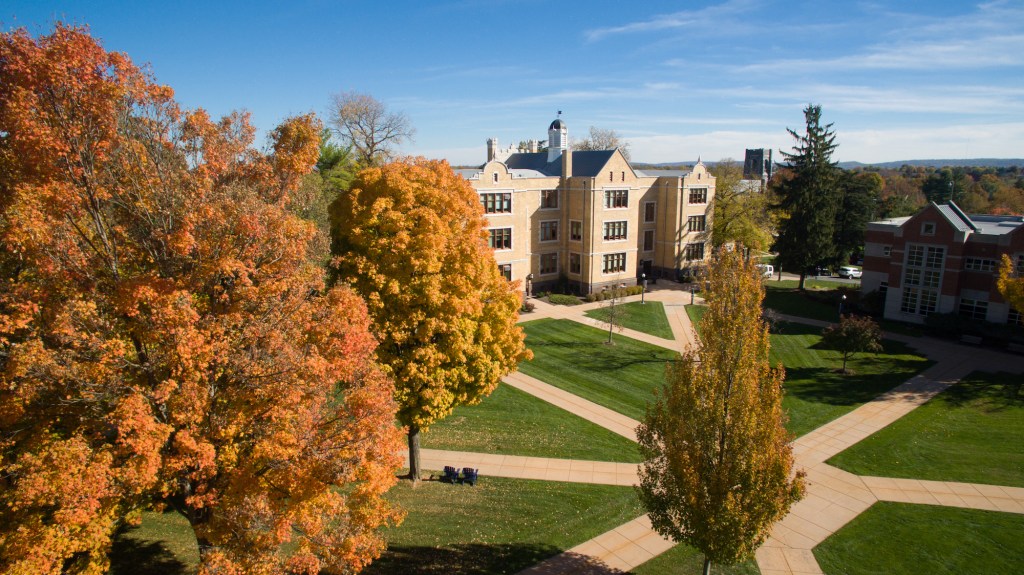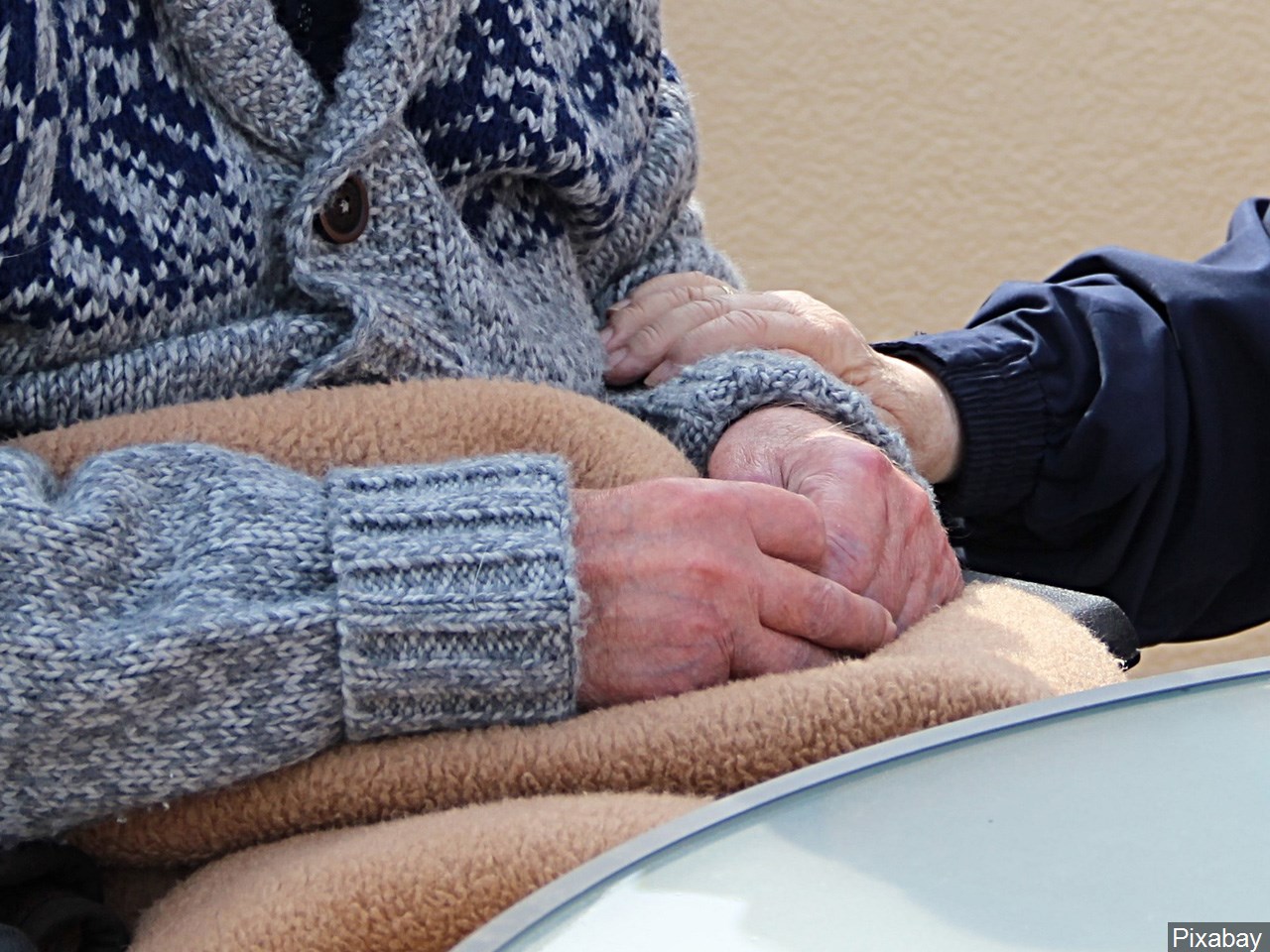

There's a chance that your COVID-19 diagnostic test could return a false-negative result. The availability of COVID-19 diagnostic testing and where to get tested may vary depending on where you live and the recommendations of your local public health officials. If people without symptoms have a positive test result, they should follow guidelines for self-isolation to help curb the spread of the virus. But they can still spread the virus that causes COVID-19 to others. Some people who have COVID-19 may not have symptoms (asymptomatic). Other people may be given priority for testing depending on local health department guidelines for monitoring COVID-19 in individual communities. Live or work in long-term care facilities, such as nursing homes, or other places where people are housed closely together, such as prisons or shelters.Work in a health care facility or as first responders.These include people with COVID-19 signs and symptoms who: Your community risk level is medium or high for the spread of COVID-19 and you plan to be around someone who has a high risk of severe illness from COVID-19.īut even in cases when a test might be suggested, you may not need to test if you've had COVID-19 in the last 30 days and you don't have symptoms.Ĭertain groups are considered high priority for diagnostic testing.You're required to take a test for screening purposes, such as at some schools or workplaces.
#Cresskill urgent care covid testing professional#

You've had close contact with someone with COVID-19.You have COVID-19 symptoms, such as fever, cough, tiredness or shortness of breath.In the U.S., a COVID-19 diagnostic test may be needed if: So the testing process may include more steps, depending on symptoms, possible exposures and your provider's clinical judgment. But a negative result does not rule out the possibility of any of these infections. This could be helpful during the flu season. Only a single sample is needed to check for all three viruses. Depending on the situation, the health care provider may recommend a RT-PCR test to confirm a negative antigen test result.Ī RT-PCR test called the Flu SC2 Multiplex Assay can detect any of three viruses at the same time: the COVID-19 virus, influenza A and influenza B (flu). But there's an increased chance of false-negative results - meaning it's possible to be infected with the virus but have a negative result. Others may be sent to a lab for analysis.Ī positive antigen test result is considered accurate when instructions are carefully followed. Using a long nasal swab to get a fluid sample, some antigen tests can produce results in minutes. This COVID-19 test detects certain proteins in the virus. RT-PCR tests are very accurate when properly performed by a health care professional, but the rapid test can miss some cases.Īntigen test. Results may be available in minutes if analyzed onsite in 1 to 3 days - or longer in locations with test processing delays - if sent to an outside lab. Or you may spit into a tube to produce a saliva sample. In some cases, health care professional inserts a long swab into the back of your throat (oropharyngeal swab). A sample may be collected by using a shorter nasal swab (mid-turbinate swab) or a very short swab (anterior nares swab).

A health care professional collects a fluid sample by inserting a long nasal swab (nasopharyngeal swab) into your nostril and taking fluid from the back of your nose. Also called a molecular test, this COVID-19 test detects genetic material of the virus using a lab technique called reverse transcription polymerase chain reaction (RT-PCR).


 0 kommentar(er)
0 kommentar(er)
